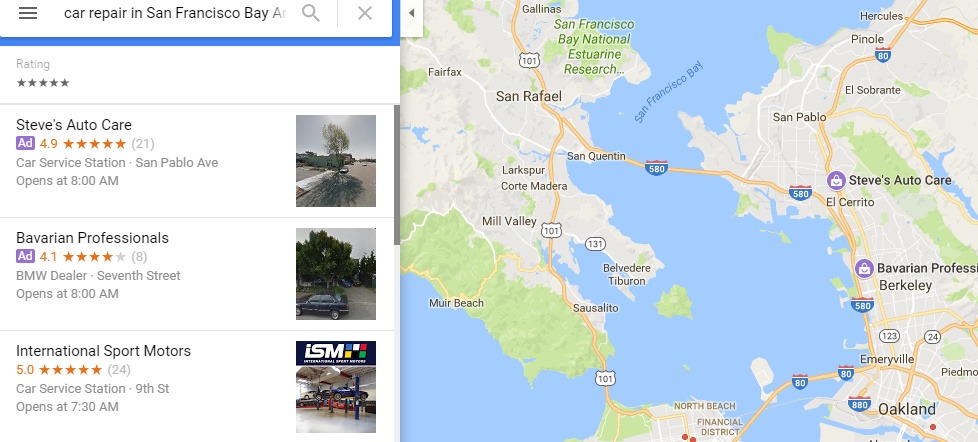
If you’re visiting a new place, Google Maps is your major reliable source when it comes to directions and locations. You must have already seen the red pins that mark the nearby landmarks, shops, clinics and other important places. And to make the experience more easy and useful, Google Maps has now introduced promoted pins – ads on Google Maps!
What are Google Maps Promoted Pins?
Stats say that around 90% of the total sales around the world will take place in shops and not online. (Surprising, isn’t it?). When you generally use Google Maps, you must have come across the red pins that point the location you are searching for. Google search assists 1.5 Bn people to reach the destination they want. 3/4 people who search for something nearby on their smartphone visit the store within a day and 28% of those searches result in a purchase. With Google’s new initiative, the promoted pin will be in a royal purple colour which will make the business pin stand out from the rest. The contrast with rest of the red pins will allow the promoted businesses to get noticed easily. In the left-hand corner of the desktop, it will also get listed first on the top.

How does it work?
So for example if you have a bakery in a certain locality amongst a few others and if you enabled Google Maps Ads, the location of your business will be showed with a purple colour.
Google Maps shows search ads in two places: within the search results list beneath the search box, and on the map. Ad locations appear on the map with a purple icon and business name. Once the user clicks on the purple icon of your brand, the add will expand and your business details will be shown. It will also give details and directions with the buttons. It would make easier for the users to contact you or reach to your premises. Along with that, it will provide store hours and customer reviews too. Promoted Pins will help you to enhance your PPC efforts.
There will be only two ads featured on a map on top of the list. Google uses various signals to choose which ads should be shown to you. The signals include –
Search/browsing history
Query context
Location
Interests
Behaviors
Time of day
Demographics.
For your brand ads on Google Maps, Google will charge you a standard cost-per-click in these three variations –
Get location detail clicks
Get direction clicks
Mobile clicks-to-call clicks
As we move ahead, the smartphone and advertising are going to get more personal; this is just a step towards it.


